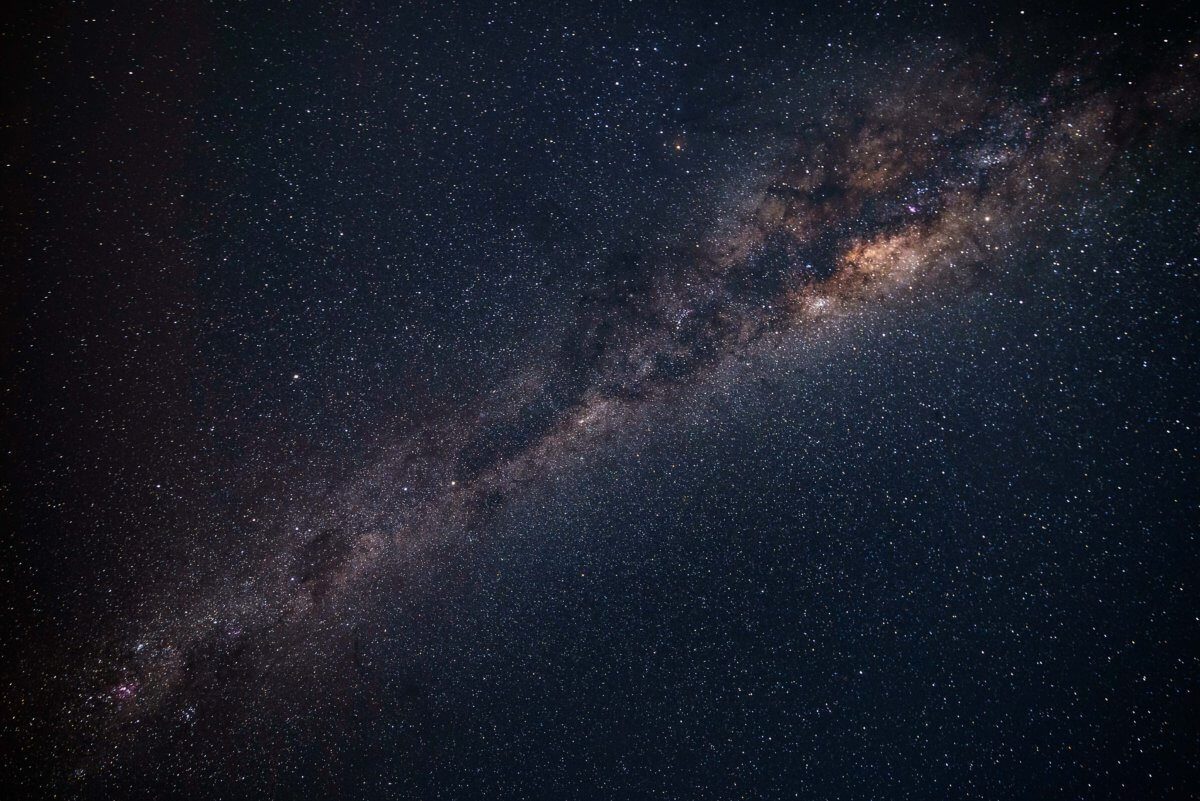We shouldn’t exist. More so, nothing should: you, me, the trees, Earth, your dog, our Solar System, and the entire expanding universe. Why? Because the Standard Model of Particle Physics – a description of all the particles and interactions that form the world around us – says so.
Matter cannot come out of nothing; for every particle of matter that is created, an equal and opposite antiparticle is also formed to maintain a balance in the universe. What should happen then, theoretically, is that the particle and antiparticle will attract, collide and annihilate each other to leave nothing but the energy from which they were first formed.
This is what should have happened in the Big Bang. But, something occurred in those first few moments of our universe that led to an imbalance of matter and antimatter, leaving only matter behind which then formed our world. Physics: 0, World: 1.
The answer to the question of how we exist lies in finding the remaining antimatter which should have ended the universe before it began. Why did the antimatter disappear and where did it go?
Here’s what we do know:
In the early universe, there was a small imbalance between matter and antimatter, with a surplus in the former. For every 10 billion antimatter particles, there were 10 billion and one matter particles. Once the 10 billion matter/antimatter pairs annihilated, only the trace amounts of lone matter particles remained.
What we don’t know is how the asymmetry formed. Why was there a lack of antimatter particles?
Here are some current theories:
1. There was never an even amount to begin with. This theory predicts that in the high energy environment generated by the Big Bang, incredibly heavy antiparticles of matter were formed and decayed in a tiny fraction of a second. These particles – the antimatter counterparts of the heavy neutrino and the beauty quark – are predicted to decay in an unusual way, which would tip the scales towards a surplus of matter.
How can we know if this is correct?
Firstly, we would need to recreate the incredibly high energy conditions which were present in the early seconds of the universe. This is the exact work that particle accelerators, like the Large Hadron Collider at CERN, are built for. Then, we’d need to force particles to collide at velocities close to the speed of light, which is over 10 million times faster than your car at top speed! After the collision, these particles will split into their most basic components, and possibly even form new particles which we’ve never observed before. It is hoped that this process will shed some light on the behaviour of the antiparticle of the heavy neutrino and the beauty quark, and explain how the cosmos came to be.
2. It’s hiding. This theory suggests that in those first few seconds after the Big Bang, matter and antimatter escaped from each other as the universe cooled, like the way in which similar individual atoms align when a hot magnet undergoes cooling. However, for this theory to work, there would have to exist a mirror section of our universe containing an anti-cosmos filled with stars, galaxies and maybe even life.
How can we know if this is correct?
Annihilation in the border between our cosmos and an anti-cosmos would produce an immense concentration of light particles. As this is yet to be observed, we are left with the conclusion that if this anti-cosmos does exist, it does so in an unexplored region of the universe. Our universe is unimaginably vast, and we still know so little due to our observational limit being a 13.9 light year radius from our own position. However, there are other ways of finding concrete evidence of an anti-cosmos.
One of these ways would be the discovery of anti-helium or other heavier anti-atoms. As these atoms would be formed by nuclear fusion in stars, anti-atoms would prove the existence of anti-stars. The mission to find such atoms would be conducted with the Alpha Magnetic Spectrometer – an experiment module mounted on the International Space Station. If anti-atoms indeed existed and avoided annihilation on their journey towards our world, this piece of equipment would find them.
Evidence for either of these hypotheses would have colossal implications on our understanding of the laws of physics, and could even serve to rewrite the Standard Model. Whether there was an imbalance of certain particles generated during the birth of the universe, or an anti-cosmos lurks at the edges of all we can see and observe, there can be no dispute that the mystery of antimatter is one of the greatest enigmas of our time.
When everything we know about science so far tells us that our very existence should be impossible, will either of these theories bring us any closer to understanding the vast complexities of the world around us?
Only time will tell.
We acknowledge the Ngunnawal and Ngambri people, who are the Traditional Custodians of the land on which Woroni, Woroni Radio and Woroni TV are created, edited, published, printed and distributed. We pay our respects to Elders past and present. We acknowledge that the name Woroni was taken from the Wadi Wadi Nation without permission, and we are striving to do better for future reconciliation.
